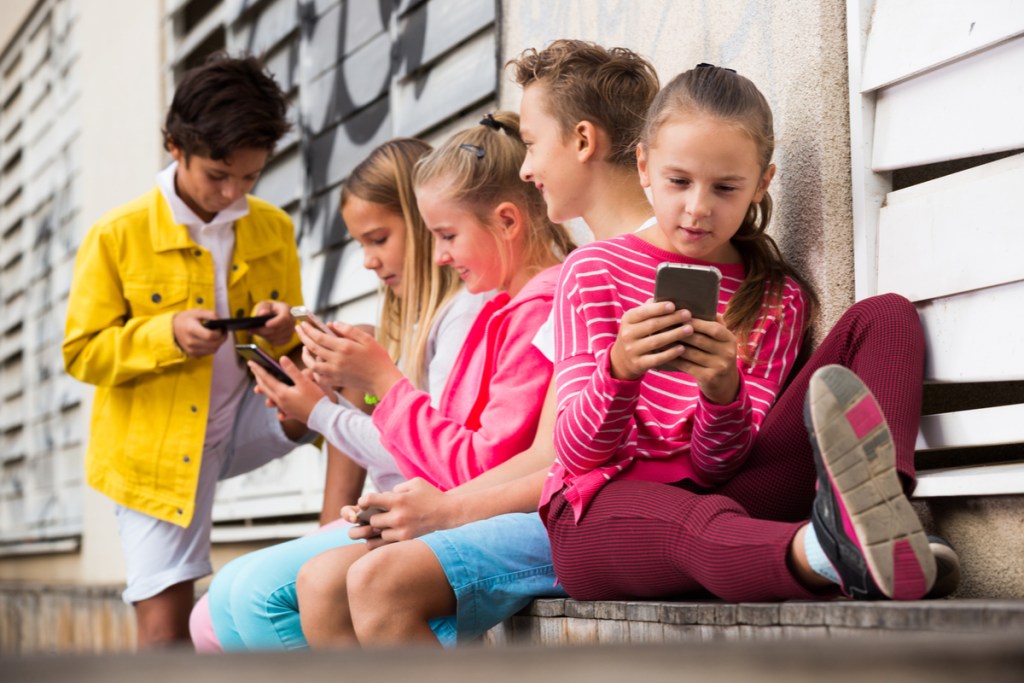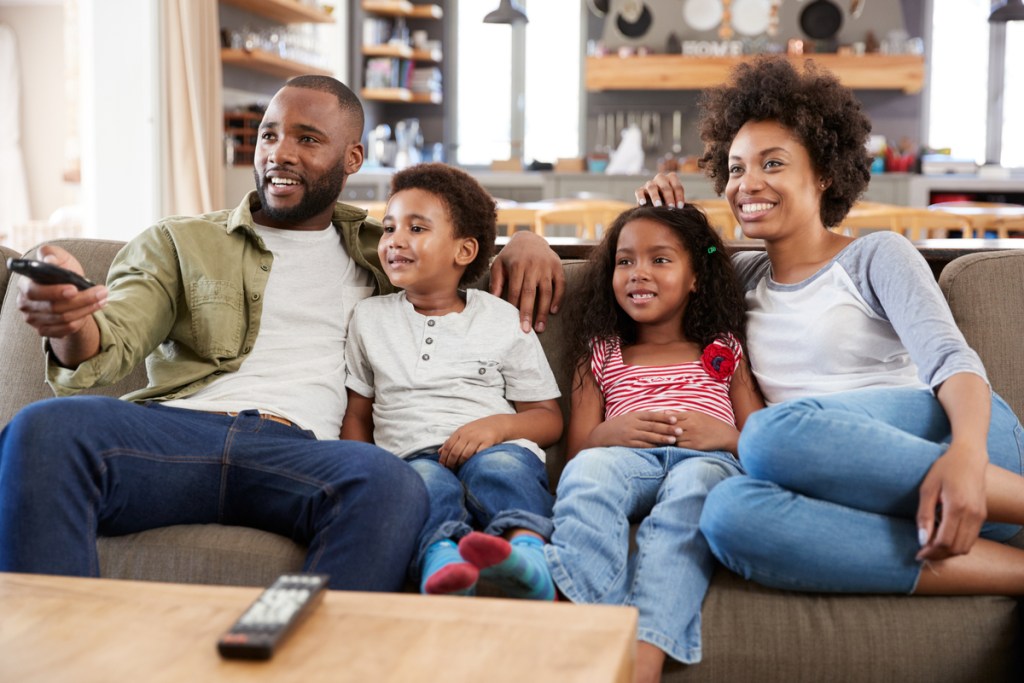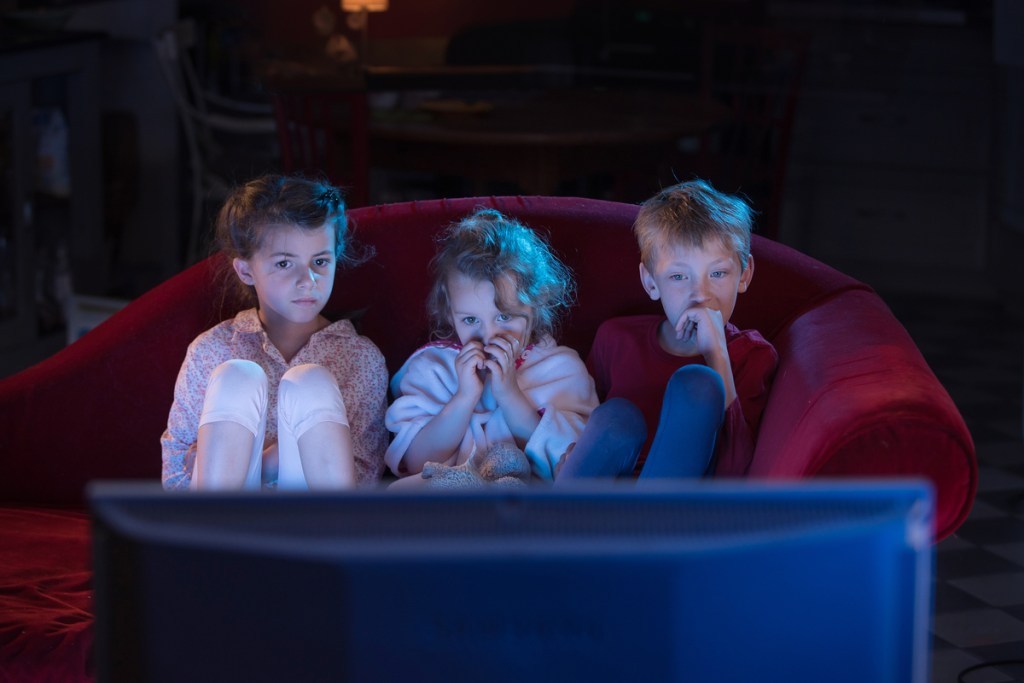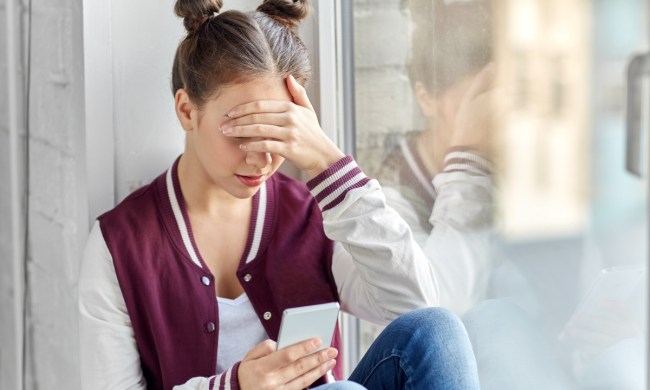
Four-and-a-half hours a day. Six-and-a-half hours a day.
According to an American Academy of Pediatrics report, that’s how long children aged 8-12, and teens aged 13-18, respectively, spent daily on their devices. And this was 2019 B.C. (Before COVID).
During the pandemic, learning shifted from in-person to online and face-to-face interactions with friends were discouraged. With schools closed, extra-curricular activities shut down, park play prohibited, and outing destinations such as restaurants, movie theaters, and amusement parks shuttered, kids found themselves turning even more to technology to learn, feel a sense of connection, or simply for diversion.
Oh, for the days when parents were concerned about the time spent in front of just one screen, the TV set. Now there are laptops, smartphones, tablets, and video games, not to mention an unprecedented explosion of content from 20th-century relics like TV shows and movies to platforms such as Instagram and TikTok.
As the country slowly emerges from the pandemic, parents should take this opportunity to reboot their family’s tech habits with a post-COVID digital tune-up, recommends child media expert Nicole Dreiske.
Dreiske is the founder and executive director of the Chicago-based International Children’s Media Center and the founder of the Chicago International Children’s Film Festival, the first of its kind in America now in its 38th year.
She has devoted more than a decade to creating an educational program designed to walk parents and caregivers, teachers, counselors, and pediatricians through the process of helping children use screen time constructively. She presented her findings in the 2018 book, The Upside of Digital Devices: How to Make Your Child More Screen Smart, Literate, and Emotionally Intelligent.

Pandemic sent screen use “through the roof”
As parents juggled working remotely and caring for their children, many kids have literally been left to their own devices.
“Whether it’s been for work, school, or recreational use, kids and adults have been spending a ton of time on screens, and we need some support structures to get us through the end of this pandemic and beyond,” Dreiske said in a phone interview. “Now, more than ever, kids are going to need direction and consistency from their parents, especially about smartphones.”
In March 2020, the beginning of the pandemic, The Washington Post reported “through the roof” increases in iPhone screen time, and noted studies that showed a correlation between screen time and physical and psychological maladies, including eyestrain, obesity, and depression. In the article, clinical psychologist Nicole Beurkens noted more time in front of screens was necessitated by working from home and online schooling. In addition to being “intentional” about taking breaks, she said parents needed “to be aware of how much time kids are spending on their screens.”
It was a lot. As of June 2020, according to Statista, the percentage of 14-to-17-year-olds who spent more than four hours daily using electronic devices since COVID-19 almost doubled from 32% before the health crisis to 62%. Almost 50% of 11-to-13-year-olds reported spending more than four hours daily on electronic devices compared with 23% prior to COVID. Likewise, 44% of five-to-ten-year-olds were logging more than four hours daily on their screens compared to 17% pre-pandemic.

Getting families on board with a tech agreement
To get children back to, for want of a better word, normal, Dreiske recommends families develop a tech agreement together, which she defines as a written set of rules and guidelines that specify how all devices, content, and social media platforms are best used by each member of the family.
“This is a great time to do it,” she said, “and if you had a previous tech agreement, this is a great time to modify it because it would have had to be modified during the extraordinary circumstances of COVID.”
“It’s not a parental hammer coming down,” she emphasized. “It’s just an extension of the positive social programming and values you’ve instilled in your family over the years. Just connect those rules to using the phone, internet, and social media platforms.”
To take an extreme example, consider porn. “Kids should know it’s not okay,” Dreiske said. “Think about Baby Boomers with pictures in National Geographic of bare-breasted tribal women in Borneo, or Playboy magazines stashed under the mattress. That’s so old school. Eight-year-olds can access actual porn online with impunity. You don’t just say, ‘No porn.’ You connect it to basic character concepts and reinforcing that this is not who you are as a family: We don’t touch other people inappropriately, we don’t take off our clothes in front of other people, we don’t take pictures of parts of our body and send them to other people.”
For families who have never created a tech agreement, Dreiske recommends going online to find templates. “The internet is your friend,” she joked. “Common Sense Media has excellent media and tech agreements, and the American Academy of Pediatrics has stellar versions,” she said. “You can also google ‘parent-developed tech agreements’ to find what people have posted online.”

Kids are facing challenges with learning loss and health
Several challenges concerning device usage have emerged during the pandemic. Perhaps first and foremost is learning loss. A study released last December by McKinsey & Company said that “the cumulative learning loss could be substantial, especially in mathematics—with students on average likely to lose five to nine months of learning by the end of this school year.”
“Don’t panic,” Dreiske reassured. “Find your child’s strengths and build on what they do well and love to do. Look to your school for suggestions; we need to approach this as ‘What can we do together to help kids reclaim lost ground?’ Find some Facebook groups. Parents are incredibly creative about meeting these challenges and you will get great ideas.”
Dreiske is also a champion of engaging children in arts activities and/or sports. “Those programs address the whole child,” she said. “They build confidence, creativity, and teamwork.”
Another challenge exacerbated by the pandemic involving screens is extreme behavioral fluctuations that can be related to dependence on screens. These may include lack of sleep or too much sleep, elevated eating, and obesity. Dreiske recommends creating a developmental checklist that takes into account what you decide needs to happen for your child to stay resilient, growing, and positive. “Bedtime matters, exercise matters, and, of course, one of the biggest things that are going to keep us resilient is our relationships.”
One example Dreiske cites comes from screenfreeparenting.com, which, despite its name, was created to help parents make “the best tech-wise choices for their families,” according to its website. Its “Spoil System” promotes five activities children should engage in daily:
- Social (bonding with family and friends)
- Play (unstructured)
- Outdoor
- Independent (chores)
- Literacy (reading)
A third challenge parents face regarding their children’s device usage is screen overload. Symptoms may include red, irritated eyes, consistent fatigue, and changes in temperament. This is where the family tech agreement can work wonders.
“The pandemic has made children used to higher tech. How parents wind down from that is going to be important,” Dreiske said.
Parents may fondly remember an era when their own parents thought nothing of letting their kids while away their Saturday mornings watching cartoons. But children are spending 1,600 hours a year on their devices, according to studies. Parents can no longer just leave a device in the hands of their children.
Dreiske consults with schools and districts on healthy tech habits and teaches an accelerated learning program, Screen Smart, for early-childhood students. In school workshops, Dreiske guides children through a short video or app, prompting them to discuss what the characters onscreen are feeling and how they themselves felt about that.
This activity can be adapted for the home. Just as reading with one’s children can be a treasured bonding time, so too can sharing content with one’s child and discussing values, lessons, and emotions.
But for children to ultimately develop positive device habits and constructive screen usage, Dreiske emphasized adults need to lead by example. “Our civility, warmth, and patience carry a great influence,” she said. “We need to put our phones down and make eye contact and listen to our children. Healthy tech habits start with us.”


